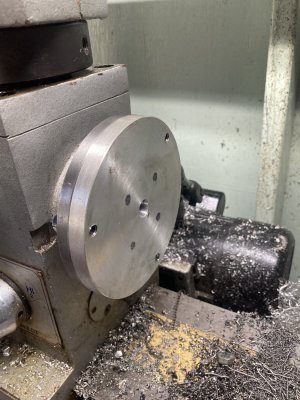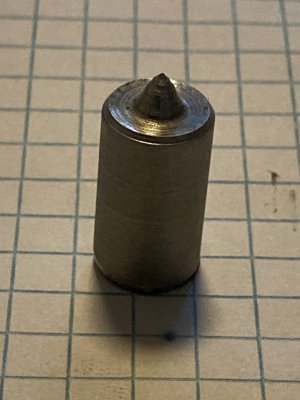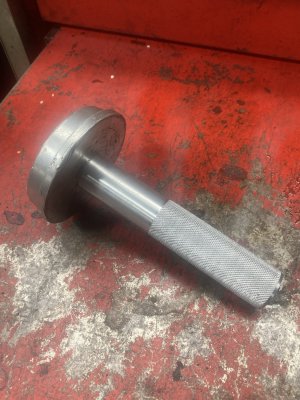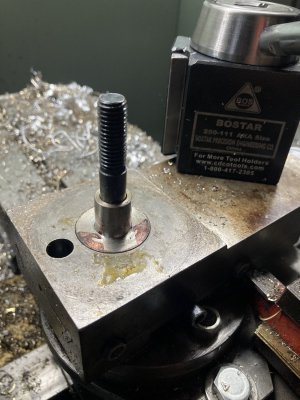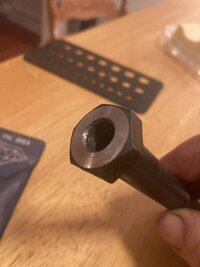I would love a copy of the file when it’s finalized .Hi Everyone,
I have the smithy Midas 1220 LTD, and have been going through those brass half nuts "on the regular". From conversations with Smithy over the years of owning this tool, they've always made this part from brass, and consider it a wear part, as they don't want the screw to experience wear.
Now Smithy just discontinued the line completely and has no back stock in these.
So the lead screw is NOT anything standard. It's a 20mm with a 10TPI pitch. It's not an ACME screw and won't fit that profile. The trapezoid angle of an ACME screw is 30deg, and this is more like 20deg.
If anyone's interested, I have a CAD model and am 3D printing one in bronze/steel right now. Once it's tested working I'll be happy to make the file available to all takers.
I’m a little ignorant when it comes to CAD. When you finalize your file, would you be able to show the pitch dimensions. I don’t want to get too off subject here. I know there are sections about CAA.
How hard is it to alter the file if you would want to make that part complete like a nut and then have it print three-quarter acme 10th thread per inch could it do that.


